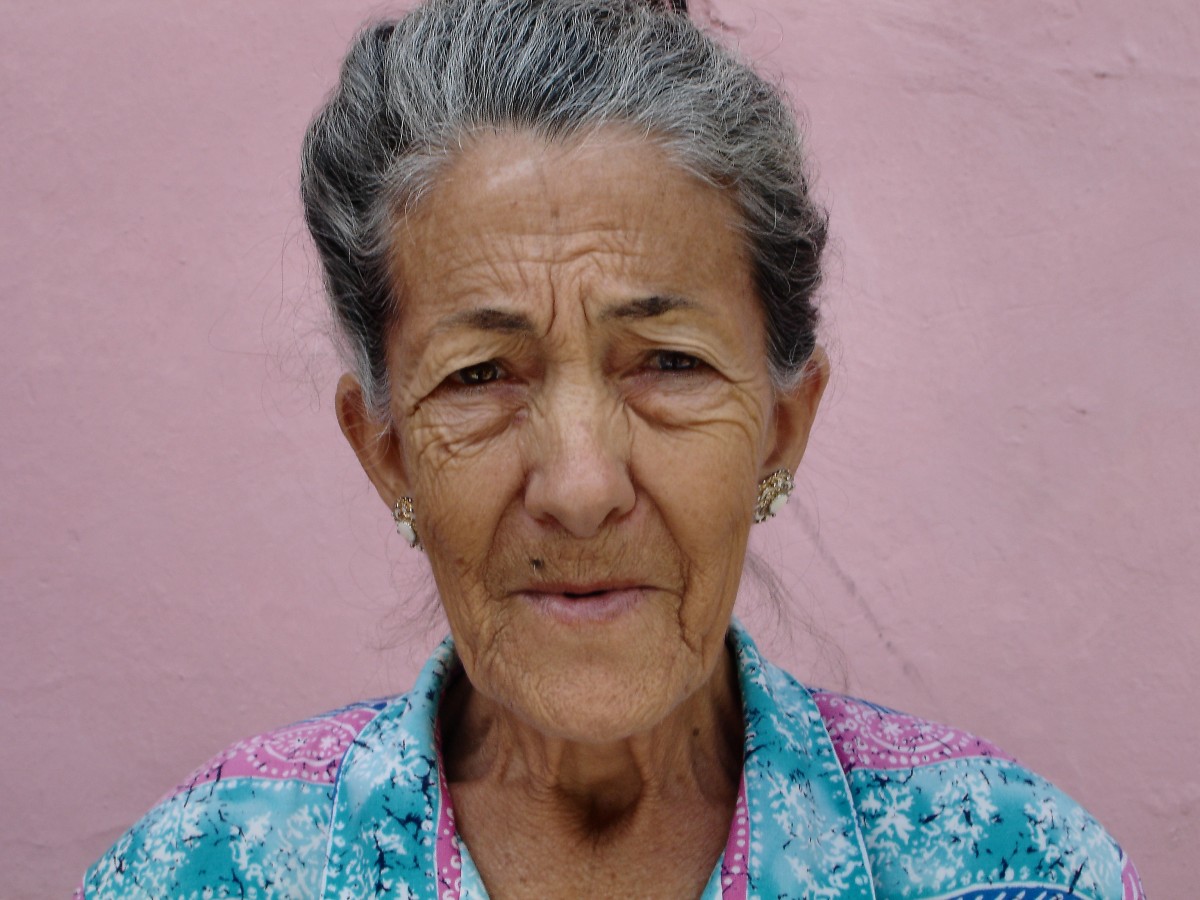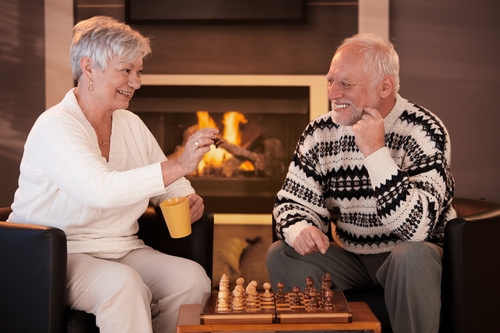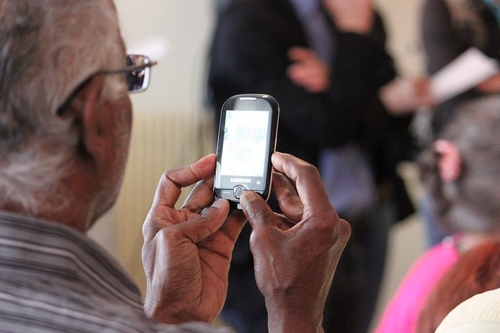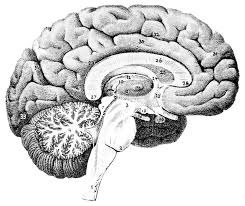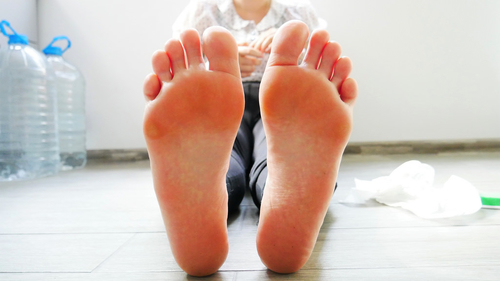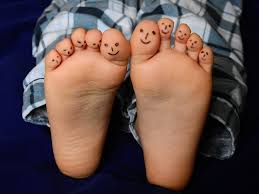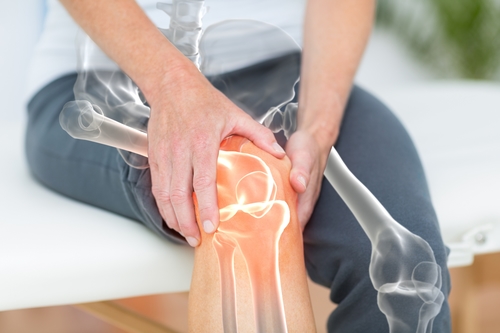
What do you know about hospice care? Do you think that it’s only for the end of someone’s life? That if your loved one needs it, it means they will pass soon? Is it a death sentence?

Everything You Need to Know About Hospice Care
It’s not a death sentence. In fact, according to the CDC, hospice care has more than 1.3 million patients and 4,000 agencies. Though what hospice can offer is often discovered too late.
What Hospice Actually Is
Hospice is for those who are terminally ill or have a life expectancy of 6 months or less. While that sounds short and only for the end of life, people can live for a couple days or several years.
It’s a different style of care. Medicare defines hospice care as a “specially trained team of professionals and caregivers providing care for the ‘whole person,’ including physical, emotional, social, and spiritual needs.”
Probably not what you were expecting huh?
Hospice is all about making a person as comfortable as possible and not directly treating an illness. It’s good for when all other options have been used, and you know that the end is coming but is not necessarily here.
It’s particularly good for those who wouldn’t be able to handle anymore treatments like chemotherapy. This is because you don’t have to stop treatments when you go on hospice, they just won’t do any extreme measures.
People Choosing This Line of Care Too Late
The biggest problem with hospice is that most people choose it too late. Relieving pain, the center of palliative care, should be considered earlier rather than later. You don’t need to be terminally ill to use it.
Read more here.




